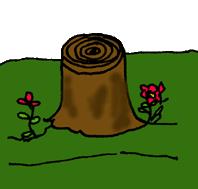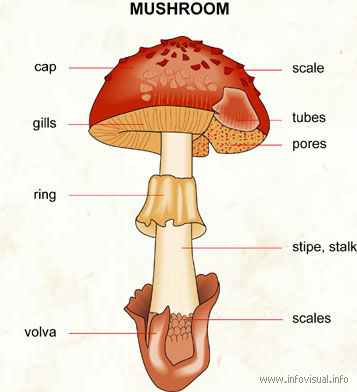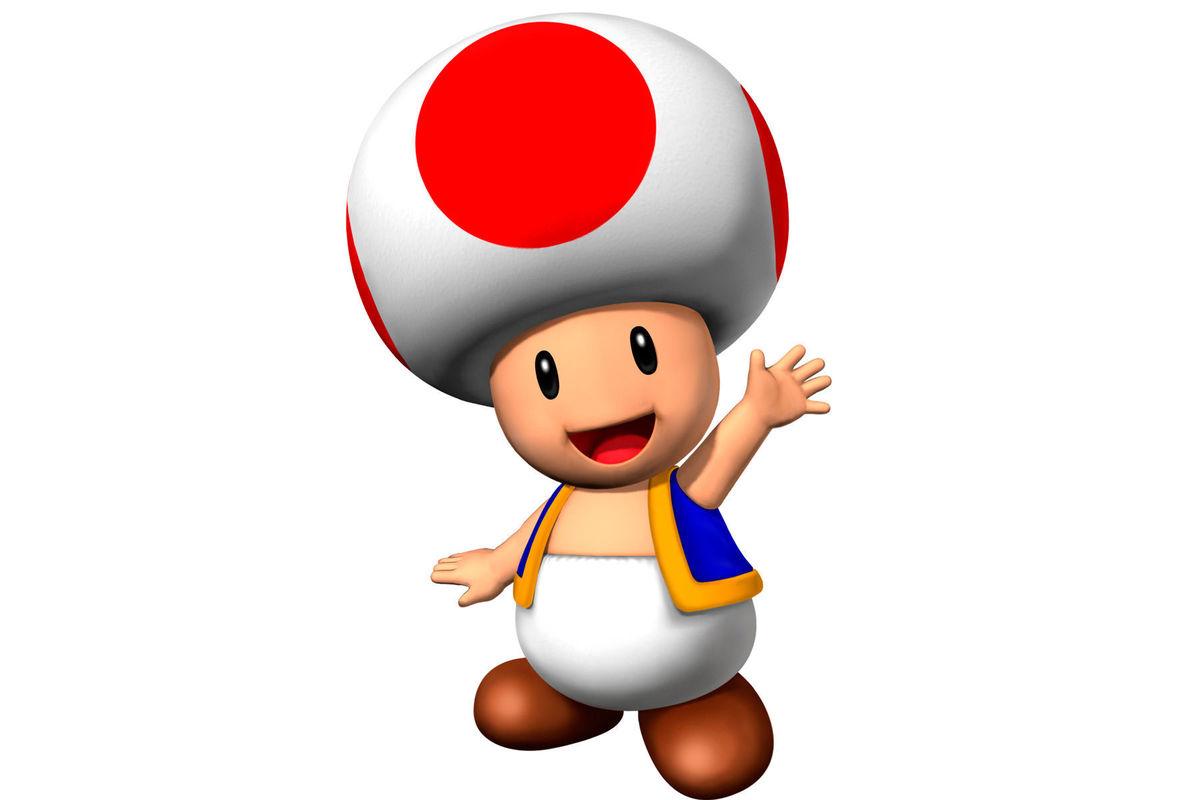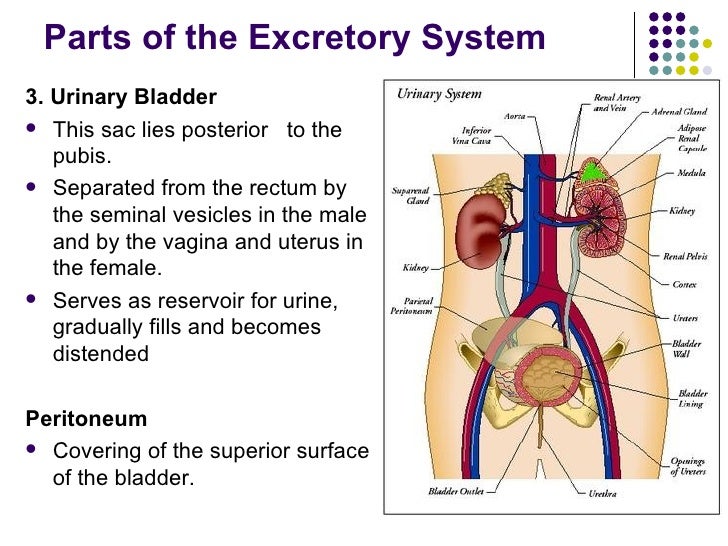BACTERIA
Bacteria are macroscopic organisms that thrive in diverse environments,
in every environment,both inside an outside other organisms.
in every environment,both inside an outside other organisms.
- Coccus
-Staphylococcus
-Streptococcus
-Meningococcus
-Neisseria
-Diplococcus
-Coccobacilli
-Brucella
-Bordetella
-Vibrio
-Bacillus
-Psedumonas
-Clostridium
-Corynebacterium
-Shigella
-E.coli
-Spirilum
-Treponema
-Leptospira
-Borelia
Parts
now we are going to see what are the parts of bacteria:
-cel wall: it sorounds an protect the cell.
-capsule:it is a large stucture of some bacteria.
-pilli: it is the fur of bacteria.
-flaguellum:is the tail of bacteria
-nucleoid rgion:it contains the DNA of the cel
-ribosome:it is a mollecular machine
MAIN CHARACTERISTICS
Bacteria are the oldest organisms that live in ower planet.
Bacteria reproduce by asexual reproduction .
The number of bacteria in the world is:
5,000,000,000,000,000,000,000,000,000,000.
Bacteria can be found in nature and in everywhere
that they have water,solid and air.
Some bacteria can move using there fanguellum .
Some bactreia make their own food like plants.
You can only observed with a microscope.
For the end you can wacht my video,
-flaguellum:is the tail of bacteria
-nucleoid rgion:it contains the DNA of the cel
-ribosome:it is a mollecular machine
MAIN CHARACTERISTICS
Bacteria are the oldest organisms that live in ower planet.
Bacteria reproduce by asexual reproduction .
The number of bacteria in the world is:
5,000,000,000,000,000,000,000,000,000,000.
Bacteria can be found in nature and in everywhere
that they have water,solid and air.
Some bacteria can move using there fanguellum .
Some bactreia make their own food like plants.
You can only observed with a microscope.
For the end you can wacht my video,














:max_bytes(150000):strip_icc()/luminescent_fungi-56a09b863df78cafdaa33016.jpg)
















